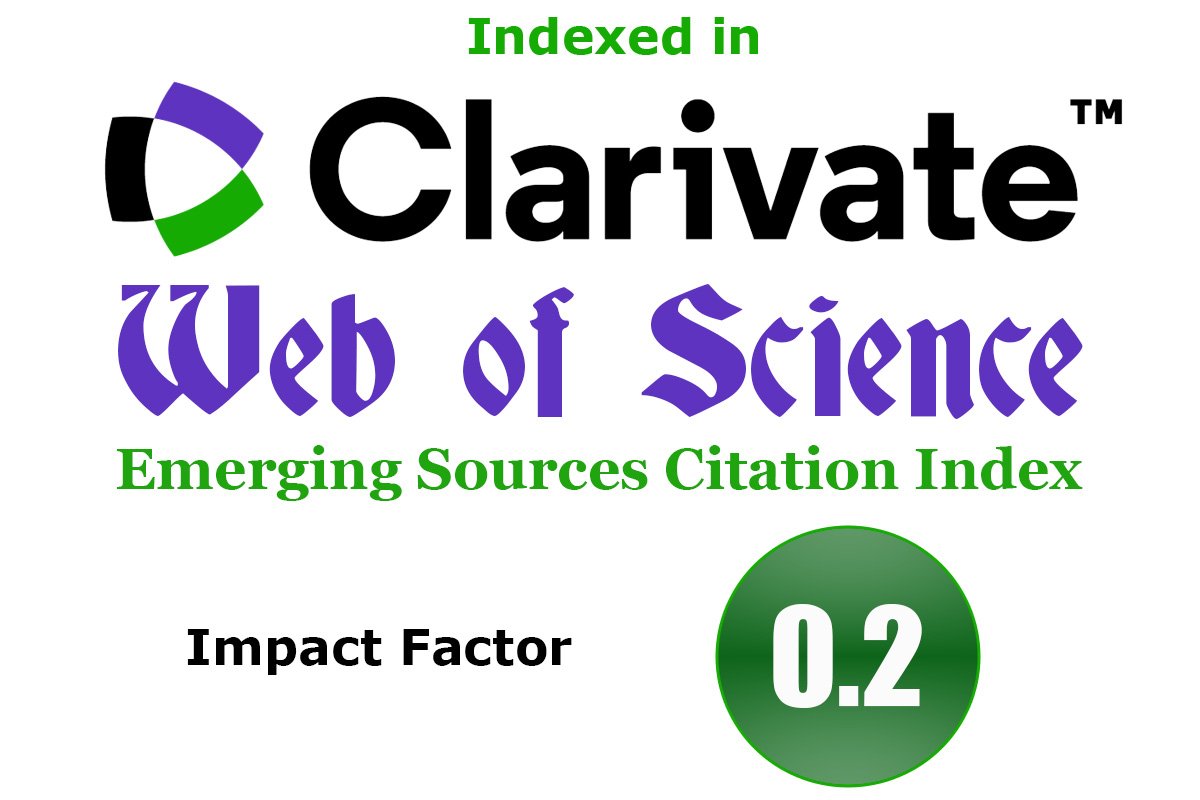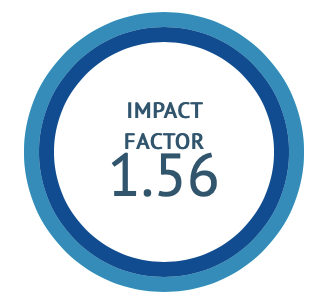Insilico evaluation of pharmacological activities of Kalarchi Chooranam
DOI:
https://doi.org/10.47552/ijam.v13i4.3119Keywords:
Kalarchi Chooranam, Siddha medicine, PCOS, Molecular DockingAbstract
The Indian traditional medicine practices such as siddha and ayurveda records various medicinal plants for the betterment of human health. Recent reports shows that this system of medicine has potential plants and formulation to treat various diseases and ailments. In the present study, we extracted and prepared the Kalarchi Chooranam of various ratios and chosen 4:1 ratio from our previous work. The aqueous extract of 4:1 ratio Kalarchi Chooranam was subjected to GCMS study and the compounds Inositol, Xanthosine (CAS), alpha.-D-Glucopyranoside, methyl 2,3-bis-O- were identified as lead 3 compounds. The Xanthosine (CAS), alpha.-D-Glucopyranoside, methyl 2,3-bis-O- have passed the drug likeness and ADME properties and further docked against various receptors involved in disease pathogenesis such as cancer (Bcl2, Bcl-X), PCOS (Cyp17, Follistatin), Inflammation & Analgesic (Cox1, Cox2), and Diabetics & Cardiovascular diseases (Er Alpha, Er Beta). The overall study reveals that the compounds have more binding affinities against the poly cystic ovarian syndrome receptors as the Xanthosine showed significant binding energies of -8.9 and -8.2 Kcal/mol and the Alpha.-D-Glucopyranoside, methyl 2,3-bis-O showed -8.2 and -9.7 Kcal/mol against CYP17 and Follistatin. The Kalarchi Chooranam has to be studied more reveal all its pharmacological activities.
Downloads
Published
How to Cite
Issue
Section
License
Copyright (c) 2022 International Journal of Ayurvedic Medicine

This work is licensed under a Creative Commons Attribution 4.0 International License.
The author hereby transfers, assigns, or conveys all copyright ownership to the International Journal of Ayurvedic Medicine (IJAM). By this transfer, the article becomes the property of the IJAM and may not be published elsewhere without written permission from the IJAM.
This transfer of copyright also implies transfer of rights for printed, electronic, microfilm, and facsimile publication. No royalty or other monetary compensation will be received for transferring the copyright of the article to the IJAM.
The IJAM, in turn, grants each author the right to republish the article in any book for which he or she is the author or editor, without paying royalties to the IJAM, subject to the express conditions that (a) the author notify IJAM in advance in writing of this republication and (b) a credit line attributes the original publication to IJAM.




